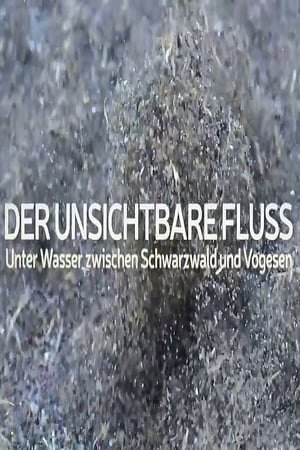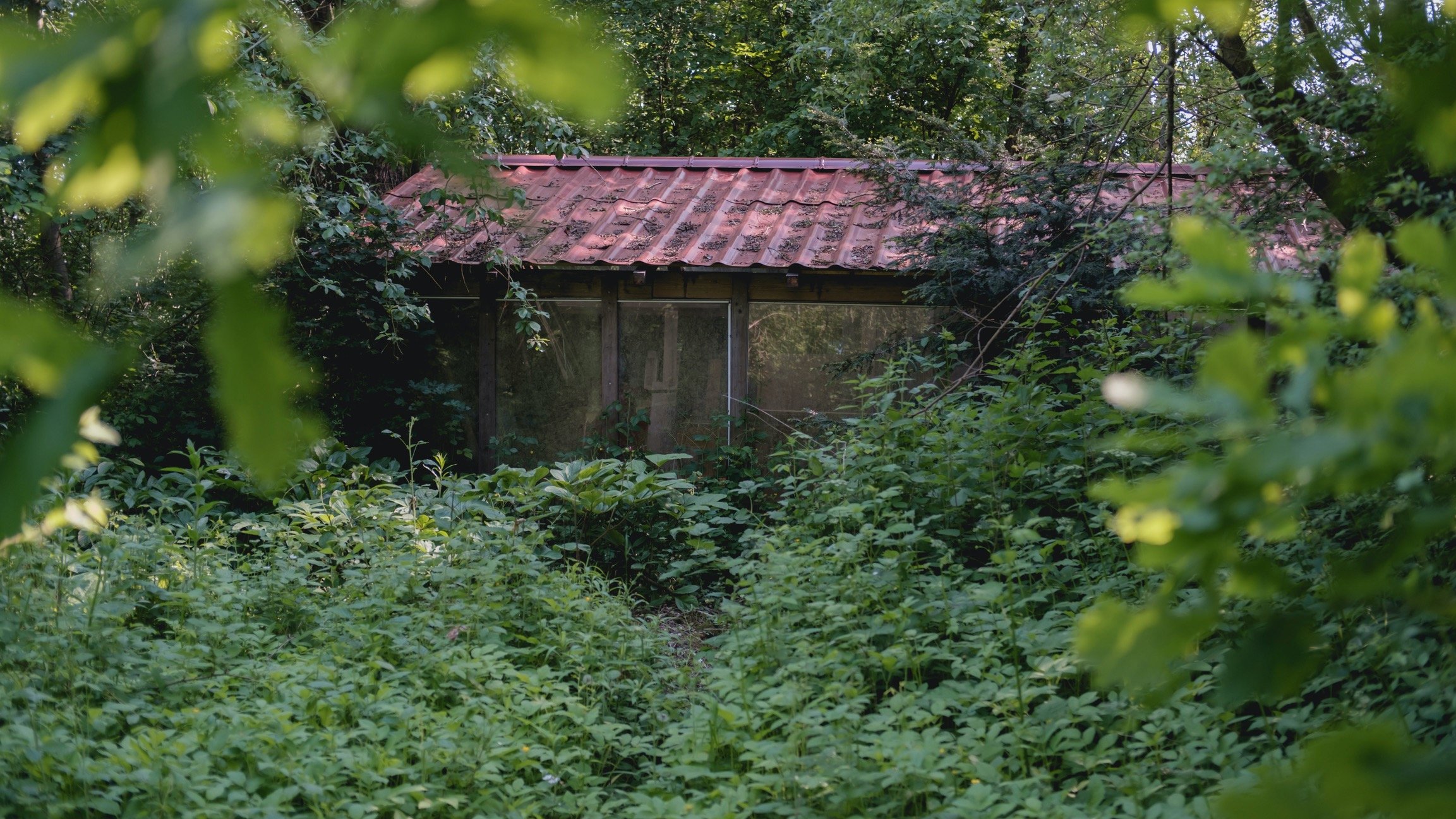
Behind The Garden Gate
Top 3 Billed Cast
Similar Movies
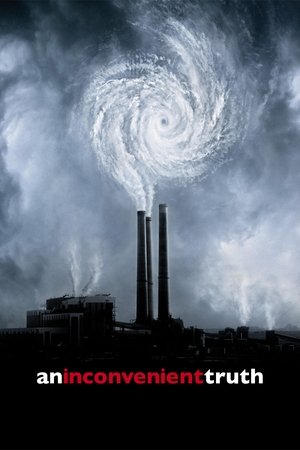 7.0
7.0An Inconvenient Truth(en)
A documentary on Al Gore's campaign to make the issue of global warming a recognized problem worldwide.
 0.0
0.0Animal Olympians(en)
Animal Olympians examines the extraordinary athletic prowess of the animal kingdom, comparing and contrasting the beauty, endurance and sheer power of a variety of creatures with that of human sportsmen.
 8.0
8.0Vielfalt statt Artensterben: Die Menschheit am Scheideweg(de)
The loss of biodiversity is highly alarming: our planet is currently experiencing the greatest extinction since the age of the dinosaurs. This film documents the extinction of species currently happening around the world. But it also highlights hopeful initiatives as committed men and women on every continent fight to save endangered species and work towards improving biodiversity.
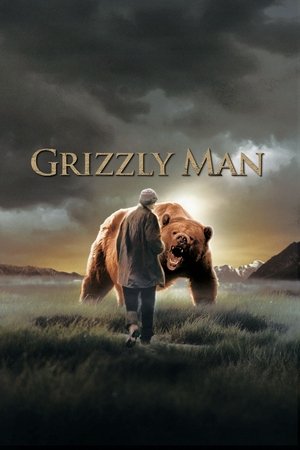 7.5
7.5Grizzly Man(en)
Werner Herzog's documentary film about the "Grizzly Man" Timothy Treadwell and what the thirteen summers in a National Park in Alaska were like in one man's attempt to protect the grizzly bears. The film is full of unique images and a look into the spirit of a man who sacrificed himself for nature.
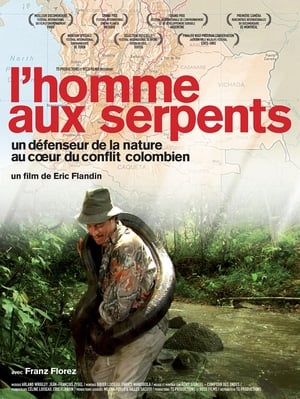 5.7
5.7Snake Man(fr)
It is with an old bus an about thirty snakes that Franz Florez struggles for the preservation of nature in Colombia, one of the most environmentally diverse country in the world. His snakes are his pass to enter the deep jungle, where guerrillas fight the regular army and where narco-traffickers meet coca growers. Facing the threat of the industrial exploitation of these preserved areas, he tries to gather support among the population, including the armed actors.
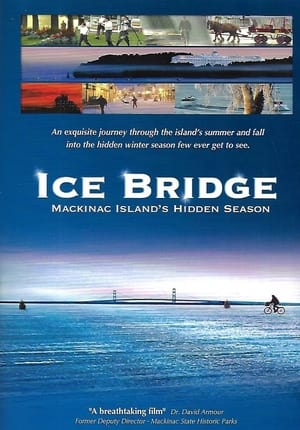 0.0
0.0Ice Bridge - Mackinac Island’s Hidden Season(en)
Mackinac Island, Michigan, is a tiny island in the center of the Great Lakes. Besides being a world favorite "Horse Drawn" and "Victorian Era" summer destination, the island holds another treasure few have ever seen: its wild, magical and beautiful winters. The 72-minute film Ice Bridge follows islanders' unique and quirky lifestyle throughout an entire year while tracing the formation of the spectacular phenomenon known as the "ice bridge" (a three-mile span of ice that allows islanders to cross to the mainland).
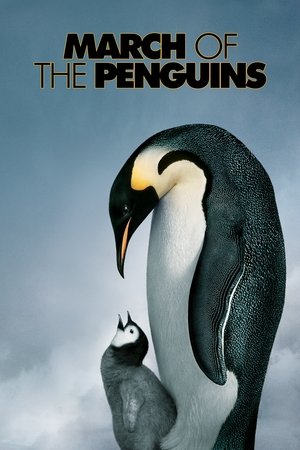 7.1
7.1March of the Penguins(fr)
Every year, thousands of Antarctica's emperor penguins make an astonishing journey to breed their young. They walk, marching day and night in single file 70 miles into the darkest, driest and coldest continent on Earth. This amazing, true-life tale is touched with humour and alive with thrills. Breathtaking photography captures the transcendent beauty and staggering drama of devoted parent penguins who, in the fierce polar winter, take turns guarding their egg and trekking to the ocean in search of food. Predators hunt them, storms lash them. But the safety of their adorable chicks makes it all worthwhile. So follow the leader... to adventure!!
 7.7
7.7Cuba's Wild Revolution(en)
As the largest island in the Caribbean, Cuba is host to spectacular wildlife found nowhere else on the planet: from the jumping crocodiles of the Zapata swamp to the world's tiniest hummingbird, from thousands of migrating crabs to giant, bat-eating boas that lie in wait for easy prey. Decades of a socialist, conservation-minded government, American embargoes and minimal development have left the island virtually unchanged for 50 years. As international relations ease, what will become of this wildlife sanctuary?
 7.5
7.5Simona(pl)
Ida, the grandniece of Simona Kossak, travels to the Bialowieza Forest at the Polish-Belarussian border. Sorting through the photos left by Lech Wilczek, Ida uncovers the life he had with Simona, captured in the photographs, footage and memories. A moving and powerful documentary about the life of Simona Kossak, a biologist, ecologist and activist known for her efforts to preserve the remnants of natural ecosystems in Poland and for living among the animals in the Białowieża Forest for over 30 years.
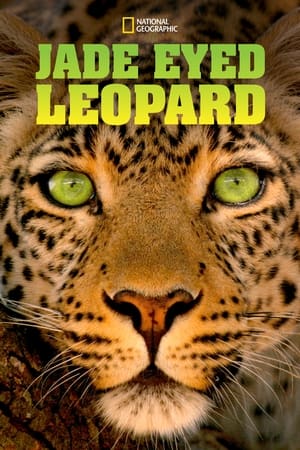 0.0
0.0Jade Eyed Leopard(en)
A small leopard with aquamarine eyes learns the fundamental skills of survival during her first three years.
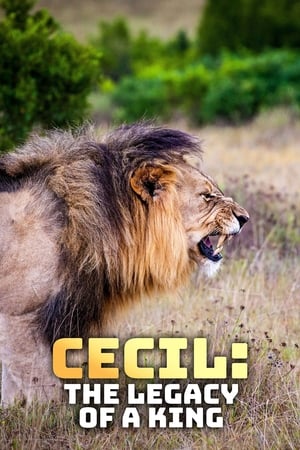 7.0
7.0Cecil: The Legacy of a King(en)
Hwange's lions are rumored to be some of the biggest wild lions on the planet. One magnificent beast was destined to become one of Africa's most famous animals. He was known as Cecil. While his demise at the hand of hunters was splashed across the media, sparking fury in all who heard his tale, Cecil's story before he was posthumously iconized is worthy of celebrating
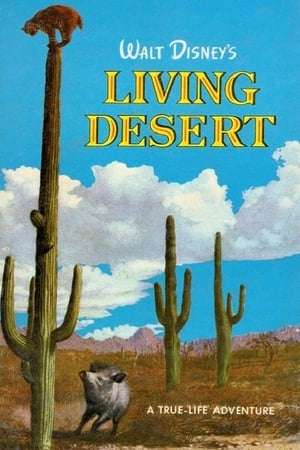 7.1
7.1The Living Desert(en)
Although first glance reveals little more than stones and sand, the desert is alive. Witness moving rocks, spitting mud pots, gorgeous flowers and the never-ending battle for survival between desert creatures of every shape, size and description.
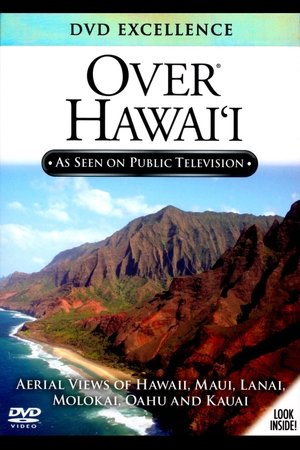 0.0
0.0Over Hawaii(en)
Go to the Big Island and hover above erupting craters at Hawaii Volcanoes National Park, watch flowing orange lava ooze across charred rock and steam billow from the Pu'u 'O'o Vent. Glide over Maui's Haleakala National Park and discover the diversity of Hawaiian landscapes. Island hop to Lanai for spectacular beaches. Visit Pearl Harbor from above and the memorial sites before exploring the rest of Oahu. Narrated by Tom Skerritt
 0.0
0.0Laos from Above(en)
The Lanexang Kingdom country has been divided into three Kingdoms: the Vientiane Kingdom, the Luang Prabang Kingdom, and the Champasak Kingdom. Each of these three has developed its capital city into great cornerstones of the nation of Laos. Explore these three old capitals and other unique areas of Laos from breathtaking heights, such as Xiengkouang, where the scars of the war remain.
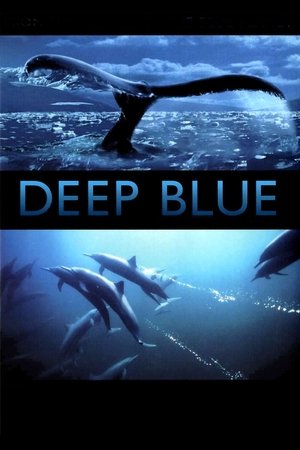 6.8
6.8Deep Blue(en)
Deep Blue is a major documentary feature film shot by the BBC Natural History Unit. An epic cinematic rollercoaster ride for all ages, Deep Blue uses amazing footage to tell us the story of our oceans and the life they support.
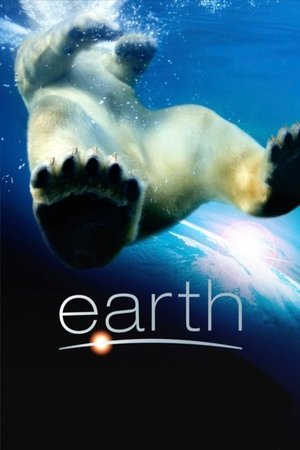 7.6
7.6Earth(en)
An epic story of adventure, starring some of the most magnificent and courageous creatures alive, awaits you in EARTH. Disneynature brings you a remarkable story of three animal families on a journey across our planet – polar bears, elephants and humpback whales.
 7.0
7.0Brian May: The Badgers, the Farmers and Me(en)
Following Sir Brian May over a decade-long journey to understand the crisis caused by bovine tuberculosis and his opposition to the controversial badger cull, implemented to curb the spread of the disease in cattle. It’s a story surrounded by controversy, but one little known to many - a tale of tragedy for both humans and animals.

